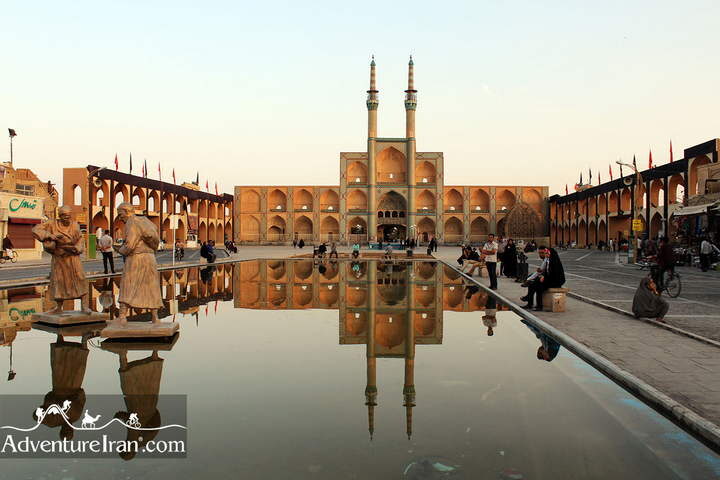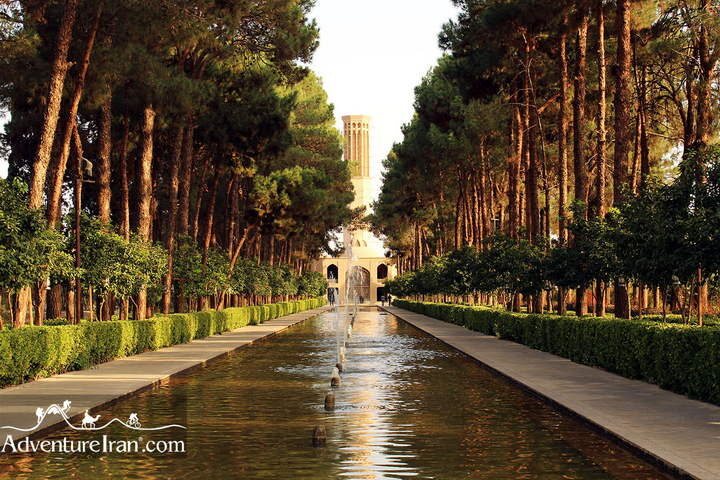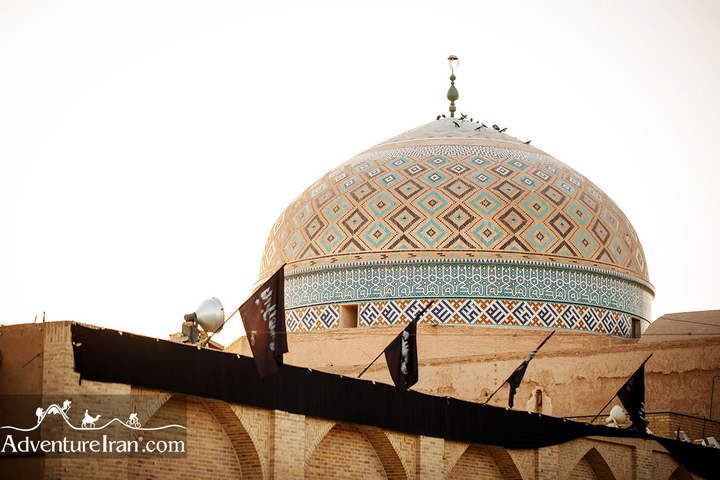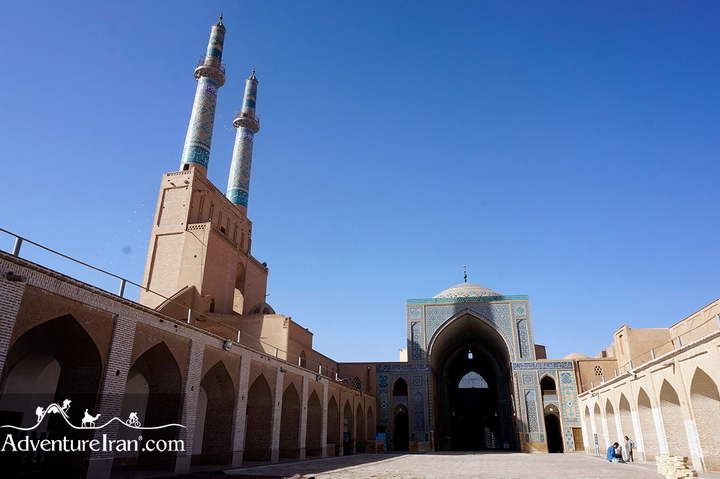Yazd
The UNESCO world heritage city
Yazd is one of the best Iranian tourist cities and is also a UNESCO-selected world heritage city located on the main Classic Tourist Route of Iran. The city of Yazd’s first mention in historic records predate it back to around 3000 years BC when it was related to by the name of Ysatis, Yazd is said to be the ‘oldest living city in the world, and was then part of the domain of Medes, an ancient settler of Iran. In the course of history due to its distance from important capitals and its harsh natural surrounding, Its position on important trading routes and a tendency towards diplomacy go some way to explaining Yazd’s longevity Yazd remained immune to major troops’ movements and destruction from wars, therefore it kept many of its traditions, city forms and architecture until recent times. During the invasion of Genghis Khan in the early 1200’s AD Yazd became a safe haven and home for many artists, intellectuals and scientists fleeing their war ravaged cities around Persia.
For a brief period, Yazd was the capital of Atabakan and Mozaffarid dynasties (14th Century AD). During Qajar dynasty (18th Century AD) it was ruled by the Bakhtiari Khans.
The fact that commercial prosperity never really translated into real political power is probably another reason in addition, the city sat on the path of the ancient Silk Road and was the lodging and visiting spot for many travelers and merchants. Marco Polo in his travelogues titles the city: “the noble city of Yazd”
The City and province of Yazd hold many wonders of historic and architectural significance. A Zoroastrian Fire Temple in Yazd holds a traditional fire which has been kept alight by Zoroastrian priests, continuously for over 1100 years. The Fort of Naren is Iran’s largest mud brick structure predating Islam. Caravanserais, Islamic architecture including the Jamea Mosque and many other works and art forms go back over 1000 years. Yazd’s wind-towers, which act as natural cooling systems for homes and public structures, remain a marvel of world architectural design and innovation.
It was spared destruction by Genghis Khan and Tamerlane, and flourished in the 14th and 15th centuries, with silk, textile and carpet production the main home-grown industry. Like most of Iran, Yazd fell into decline when the Safavids were defeated and remained little more than a provincial outpost until the last shah extended the railway line to Yazd.





